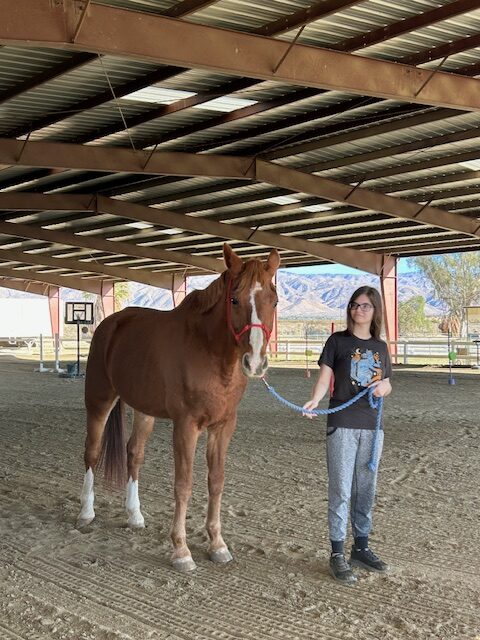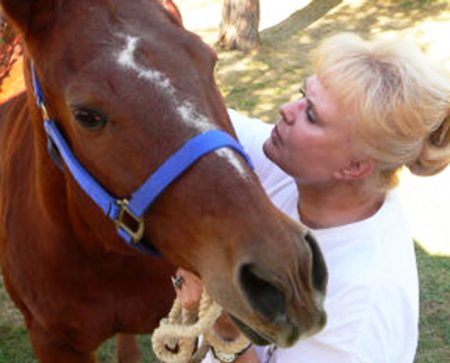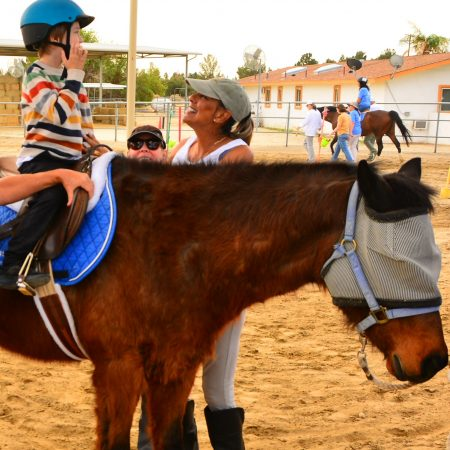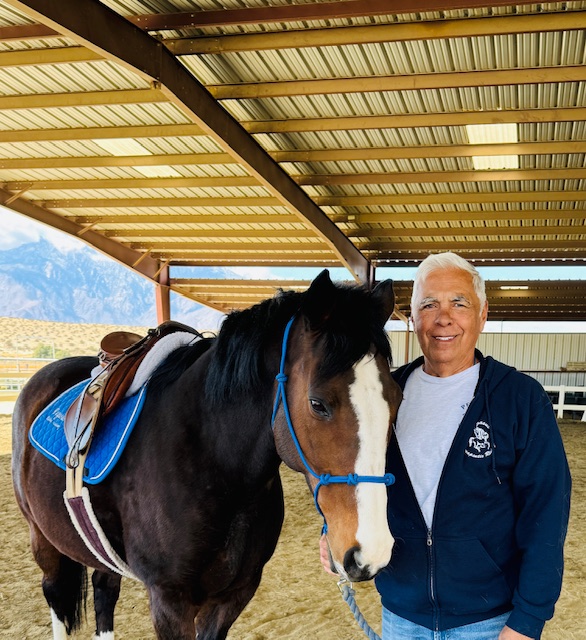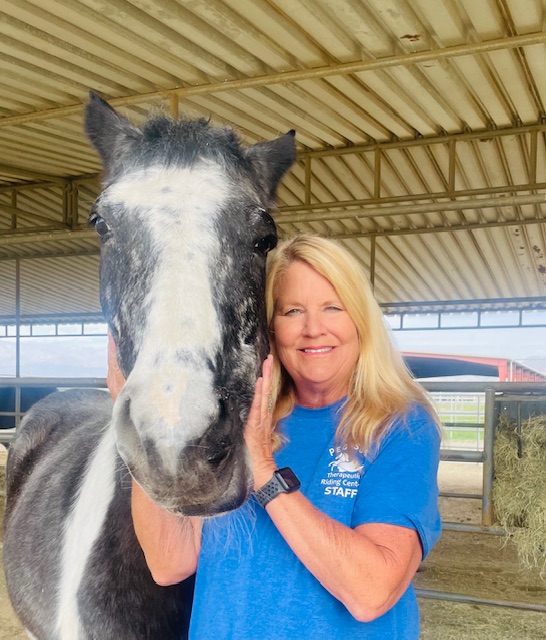Therapeutic horseback riding offers remarkable benefits for individuals with a wide range of disabilities, including cerebral palsy, autism, Down syndrome, traumatic brain injuries, sensory processing disorders, and more. The combination of physical movement, emotional connection, and sensory engagement creates a unique therapeutic experience. The gentle, rhythmic motion of the horse helps strengthen the rider’s muscles, particularly in the pelvis, hips, and spine, while improving overall mobility. The rider’s body mimics the natural movement of walking, promoting balance and coordination.
As riders progress through different gaits, their bodies respond to the varied movements. At a walk, the steady, rhythmic motion of the horse promotes relaxation, while a trot stimulates the rider’s focus and posture, creating greater body awareness. Therapeutic riding lessons often incorporate activities and exercises that encourage communication, cognitive development, and task sequencing. In addition to physical gains, riders build confidence, engage in social interaction, and experience the joy of riding in a supportive and inclusive environment.
